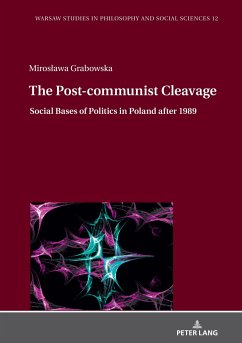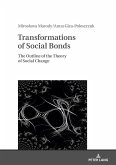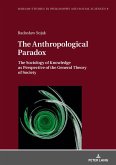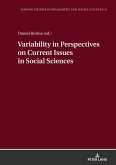The book begins with a discussion of Lipset-Rokkan's theory of cleavages and its continuations. The author's interpretation of this theory is applied to a historical context: the communist system that divided society into communist and anti-communist sides. They survived the fall of communism, resulting in the post-communist cleavage. This cleavage manifested itself in social identities, electoral behavior, the shape of the party system and the attitudes of party elites. The problem of generalizing Lipset-Rokkan's theory is considered - its scope and applicability to the various post-communist countries. The problem of persistence is also discussed - the post-communist cleavage was sustained by various factors, but also weakened by the actions and choices made by the party elites.
Bitte wählen Sie Ihr Anliegen aus.
Rechnungen
Retourenschein anfordern
Bestellstatus
Storno








